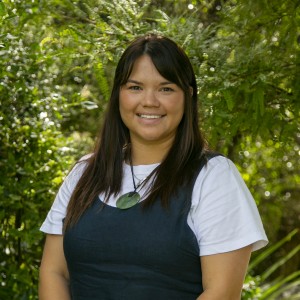The focus of our learning was the intricate art of tukutuku panels, a traditional form of weaving and cross stitching that not only showcases patterns but also serves as a form of storytelling. Through this cultural experience they discovered the significance of Māori art and its ability to convey personal narratives.
Before creating their own, students learned about the cultural and historical significance of tukutuku panels in Māori communities. These traditional woven panels are geometric patterns that carry deep meanings and often tell stories of identity, family, and community. Each symbol woven into the panels holds significance, making tukutuku panels a form of visual language that communicates the values and histories of the Māori people.
Students began by learning about the range of patterns and what they represent. They also learned about the importance of color and its role in conveying emotions and significant meaning. Room 7 students were challenged to create their own tukutuku panel that told the story of themselves, their family, or an important aspect of their lives. This task encouraged them to reflect on their own identities, values, and experiences. Students brainstormed ideas, sketched designs, and experimented with different patterns to convey their own narratives.
I have used 3 Aoraki patterns to represent me living in Taupō. These 3 triangles on my tukutuku panel also represent me and my siblings. I have used red to represent the girls and black to represent the boys.
I have included a koru on my tukutuku panel to represent an important person in my life called Ryleigh. She is my best friend.
I have used the patterns of roimata to represent those in my life who have passed away like my grandma and grandad.
The pattern poutama related to me the most because I have grown so much in my sports. The poutama stairs represent me getting better.
There were a few challenges in the creation of the tukutuku panels. The cross stitching work proved to be very difficult when making sure that we were making the crosses and not getting the string tangled.
Making sure the holes were in the correct space and copying the pattern onto the front was so hard. But I do like how it has turned out.
I kept getting mine tangled up and kept getting confused about which hole I needed to go through to make sure the cross was in the correct place.
Through the art of Māori tukutuku panels, students found a new level of patience when cross stitching but also developed an understanding of how Māori used visual art to share stories and their history. They have learnt a new way to share their own stories while also keeping Māori history and traditions alive.

